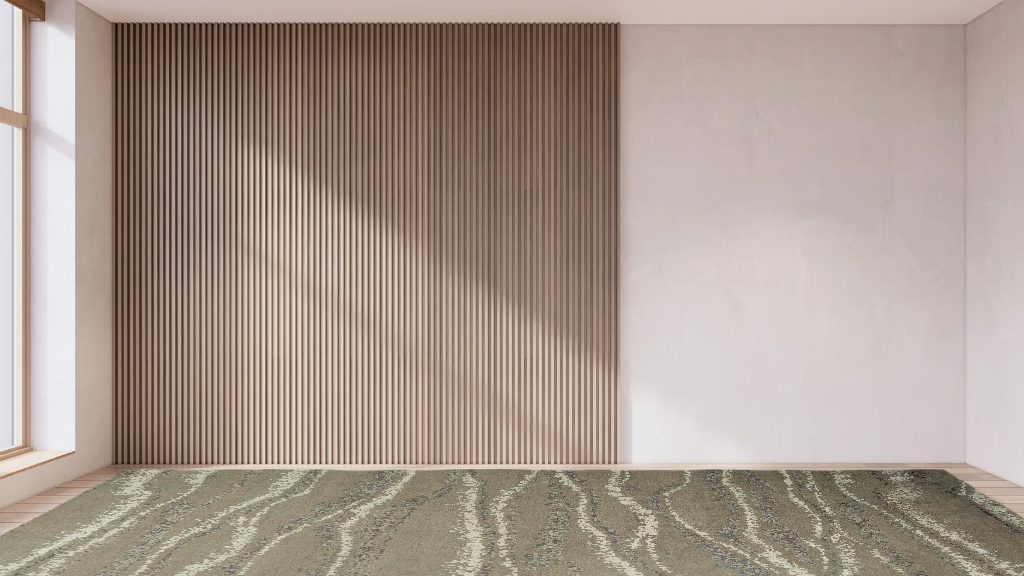Handcrafted rugs are an enduring craft that honors history, talent, and artistry in a world where mass-produced commodities rule the consumer landscape. These magnificent objects reveal tales of culture, history, and craftsmanship that have been passed down through the years in addition to decorating floors. We dig into the complex world of handmade rugs in this investigation, learning about the methods, cultural significance, and timeless appeal that make them prized all around the world.
A Legacy Woven in Threads
Handmade rugs are more than just floor coverings—they’re historical treasures. Rug-making is a centuries-old custom that is firmly ingrained in many different cultures around the world. Every location has its own distinct style and method, reflecting local customs, beliefs, and aesthetics. Examples of these include the geometric patterns of Moroccan rugs, the colourful kilims of Turkey, and the elaborate Persian carpets of Iran.
The first step in making a handmade rug is choosing the materials, which are usually silk or wool and are chosen for their lustre and durability. Using natural pigments derived from plants, minerals, and insects, skilled artisans painstakingly dye the yarn to produce brilliant and durable hues. This dedication to using natural colors reduces the rug’s environmental effect while also enhancing its aesthetic appeal and being consistent with sustainable methods.
The Artistry of Craftsmanship
Handmade rugs are fundamentally about the creativity of craftsmanship. This kind of work requires time, accuracy, and a thorough comprehension of age-old methods that have been passed down through the years. The most highly regarded technique is hand-knotting, in which skilled craftspeople wrap individual knots around warp threads to produce elaborate textures and patterns. The quality and intricateness of a rug are determined by its knot density, or knots per square inch, or KPSI.
Expert weavers use the Persian knot, which is renowned for its strength and capacity to display complex patterns with unmatched clarity, in places like Kashmir. Years of effort are needed to become proficient in the precise hand-tying of each knot. The end product is a rug that improves living areas and acts as a reminder of the
Cultural Significance and Symbolism
Handmade rugs are not just beautiful to look at; they have deep cultural meaning and are frequently used as status, identity, and wealth markers in communities. For instance, rugs are valued as family heirlooms and investments in Persian culture, where each piece narrates the tale of its creation and the artist’s vision.
In addition, a lot of traditional rug designs have symbolic motifs that have deeper connotations derived from religion, mythology, or folklore. The Tree of Life design, which is frequently seen in Persian and Anatolian rugs, represents longevity, fertility, and the interdependence of all living things. These already complex pieces of art get levels of narrative and significance from such symbolism, which makes them valued for their cultural resonance as much as their aesthetic appeal.
Preserving Heritage and Sustainable Practices
Amidst a time characterized by growing industrialization and ecological awareness, the technique of creating handcrafted rugs serves as a symbol of ethical and sustainable workmanship. In contrast to their manufactured equivalents, which frequently use chemical dyes and synthetic materials, handcrafted carpets place an emphasis on natural fibres and dyes obtained from sustainable resources.
Making handmade rugs also boosts regional economies and protects traditional skills that are in danger of being lost to modernity. Fair compensation for their skill is provided by artisans, who frequently operate in family-run businesses or cooperatives, promoting both cultural pride and economic stability in their communities.
Contemporary Adaptations and Global Appeal
Handmade rugs continue to change despite their traditional roots to suit modern tastes and design fads. Contemporary interpretations appeal to a global audience looking for one-of-a-kind, artisanal pieces for their homes and spaces by fusing traditional techniques with creative patterns, colours, and textures.
Handmade rugs are attractive to both designers and collectors due to their inherent significance as historical and skillfully crafted pieces of art, in addition to their aesthetic appeal. Handmade rugs provide any space warmth, character, and a sense of cultural richness, whether they are arranged in minimalist or eclectic settings.
Conclusion
In conclusion, the craft of creating a handmade rug is a celebration of tradition, artistry, and cultural heritage that goes beyond simple practicality. Every handcrafted rug, whether it comes from the age-old looms of Persia or the busy workshops of Morocco or elsewhere, is a tribute to the perseverance of talented craftspeople and their commitment to maintaining age-old methods.

Handmade rugs provide a fascinating alternative to mass-produced goods, encapsulating the timeless beauty and cultural importance that have captured fans for decades. This is because customers are placing a greater value on sustainability, authenticity, and craftsmanship than ever before. These magnificent pieces of art, which combine timeless beauty, inventiveness, and tradition, continue to inspire and enhance lives all throughout the world, whether they are used as ornamental centrepieces or treasured heirlooms.
Handmade rugs are a poignant reminder of the value of patience, workmanship, and the enduring appeal of tradition in a world where it seems like life is moving at an ever-increasing pace.


